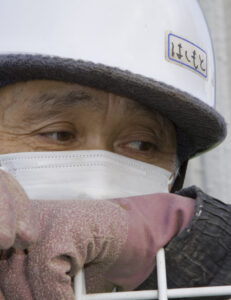On the 11th of March 2011, Japan’s Triple Disaster occurred after a 9.0-magnitude earthquake struck the eastern coastal region of Japan. It was so powerful that it not only shifted the Earth’s axis by 10 to 25 centimetres, but also triggered a deadly tsunami which destroyed the coastal areas of Tohoku and southern Hokkaido; claiming the lives of nearly 20,000 people, 70,000 homes and devastating communities. The prefecture of Miyagi alone lost 7% of its population.
Although fewer than 2,000 residents of Fukushima died from the Tohoku earthquake and tsunami, lethal radiation spread across Japan’s third largest prefecture following the meltdown of three nuclear reactors at Japan’s Fukushima Daiichi Nuclear Power Plant. The meltdown was primarily due to a power loss in the aftermath of the natural disaster.
Despite the government’s initial response to the nuclear accident being labelled ‘exemplary’ by the International Atomic Energy Agency (IAEA), the events which followed were catastrophic. On the 12th of March, over 109,000 people within a 20 kilometre radius of the disaster were forced to evacuate. However, because the government issued poorly organised evacuation orders containing no sense of proper direction, residents soon found themselves in worse situations than they were already in. Eventually, circumstances became so dire, and the lack of government support became so apparent that aid was sought for the victims of Fukushima through social media where citizens would help locate displaced and deceased family members and friends.




